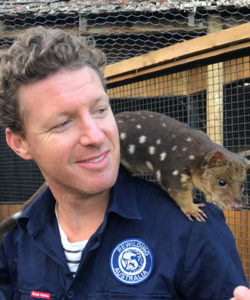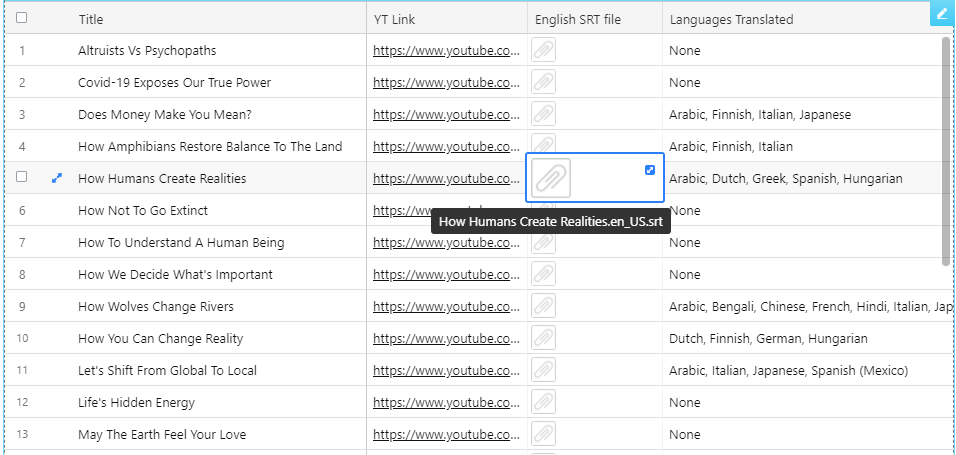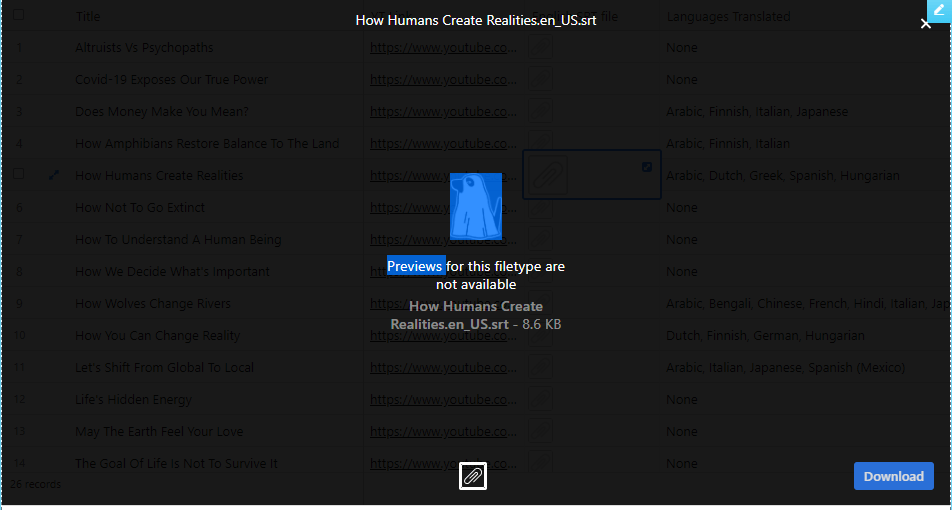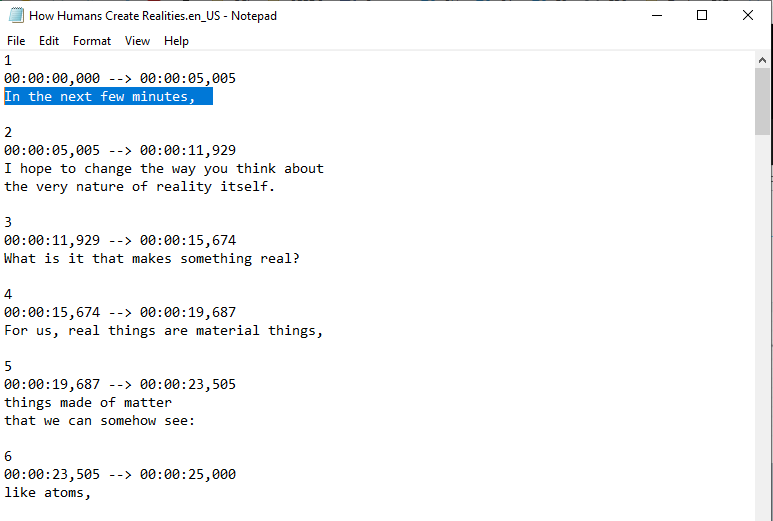
How did the soil help to heal wounded soldiers in the civil war battle of Shiloh, Tennessee?

Foxes and cats have devastated the trophic cascade balance in the Australian ecosystem. The reintroduction of Tasmanian Devils is being utilized to protect bandicoots, bettongs, and potaroos. These small animals are essential for maintaining a healthy ecosystem. The trophic cascade balance will restore natural balance to the predator landscape, allowing the brush to grow back and for a healthy water supply to be maintained in the soil, preventing massive destructive fires.
One of the most exciting scientific findings of the past half century has been the discovery of widespread trophic cascades. A trophic cascade is an ecological process which starts at the top of the food chain and tumbles all the way down to the bottom.
Many of us would likely be astonished to learn that Tasmanian devils were never unique to Australia’s island state of Tasmania as they are today – but rather evolved over millions of years on mainland Australia, where they played a vital role as a keystone species that helped maintain the health of entire forest ecosystems.
Prior to European arrival, Australia’s ecosystem evolved in near isolation from the rest of the world for over 40 million years, forming deep, complex interrelationships that helped maintain ecosystem resiliance. However, foxes and cats introduced in the first hundred years of British arrival, quickly ate their way across the continent, growing in numbers, fuelled by a vast European rabbit population which had been destroying the vegetation undergrowth that was essential to providing shelter to small mammals like bandicoots, bettongs, and potoroos.
It turns out that these small mammals are essential to maintaining the health and resilience of entire forest ecosystems. As these animals forage for food, they dig the ground, mixing organic matter into the soil, spreading fungi and seed. The burying of leaf litter reduces fuel loads, creating conditions for cooler, less destructive bushfires.
Larger mammals, like the wallabies and kangaroos, while often spared from the jaws of cats and foxes, became overabundant and in the absence of native predators, further added to the loss of vegetation cover.
In studying Tasmanian ecosystems, we have learned that the very presence of Tasmanian devils change the behaviour of the other animals in the ecosystem. Cats tend to avoid areas with healthy populations of devils, which allow small native mammals to survive in the landscape and perform their role as ecosystem engineers. By reintroducing devils, animals like wallabies and possums, might recognise the Tasmanian devil as a species to avoid, helping to reduce grazing pressure on ground cover by pushing possums back into the trees and some of the wallaby species deeper into the forests.
As ground vegetation is restored and cats find it more difficult to function, opportunities for small mammals to find a place to live and hide from predators will increase. While not yet tested, modelling suggests the effect of devils on foxes may be similar to those on cats.
The bandicoots, bettongs, and potoroos will return to the forest floor, helping the forests to regenerate and helping mitigate the impact of devastating bushfires. With cooler bushfires, pockets of habitat might remain unburnt, providing further safe havens for wildlife and increasing ecosystem resilience to future threats. By returning the Tasmanian devil, we may be able to help heal the forests.
 Rob Brewster is the Director of Rewilding Australia. Research interests are the investigation of strategies to restore missing keystone species to Australia’s ecosystems, and to improve the resilience of Australia’s critical weight range mammals to the threats being applied to these ecosystems.
Rob Brewster is the Director of Rewilding Australia. Research interests are the investigation of strategies to restore missing keystone species to Australia’s ecosystems, and to improve the resilience of Australia’s critical weight range mammals to the threats being applied to these ecosystems.
A major focus of Rob’s work is analysing the expenditure involved in threatened species translocation with an aim to improve its efficiency and cost-effectiveness. Rob’s focus over the coming years is to improve the management of European red foxes in the landscape, by testing the role that Tasmanian devils and dingoes might play in altering the behaviour and abundance of foxes, and promoting the development of emerging technologies to humanely reduce fox populations whilst improving target specificity of management actions.
“I am convinced. It is time to reintroduce the Tasmanian ̶D̶e̶v̶i̶l̶ Angel to the mainland.”
“Bless the wonderful work you do, thank you. Thoughtful, simple, deep, vital.”
“When they reintroduced wolves to Yellowstone it was very controversial. It made Yellowstone vibrant, diverse, and caused many species to live there. The cascading effect was first discovered there.”
“They shouldn’t be called devils. They don’t deserve that title. A lot of humans do however.”
“Amazing video, Tasmania is incredible.”
Find out how video storytelling can help your audience resonate with your sustainable idea, research, campaign or product.



We never send solicitations or junk mail and we never give your address to anyone else.


